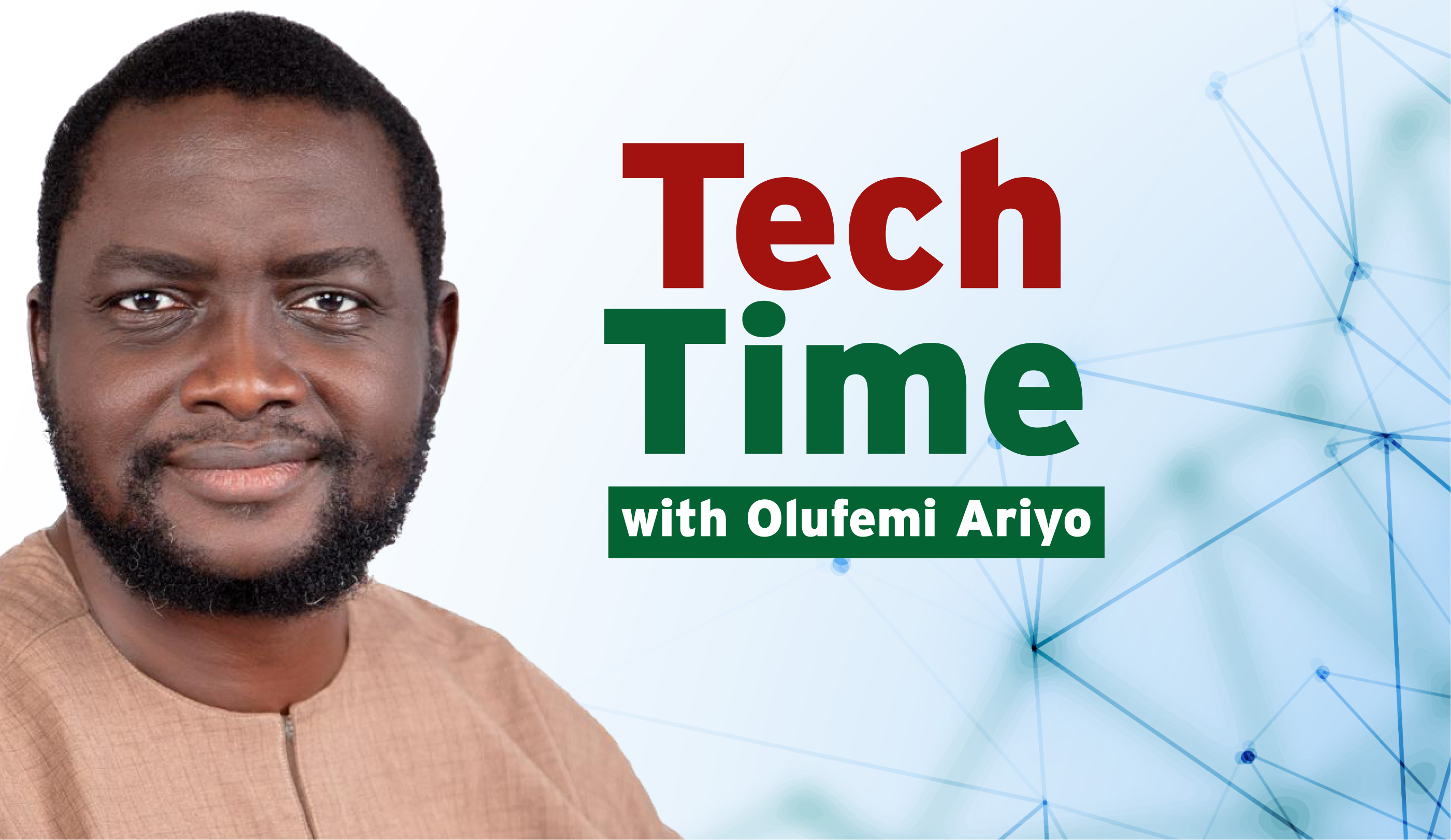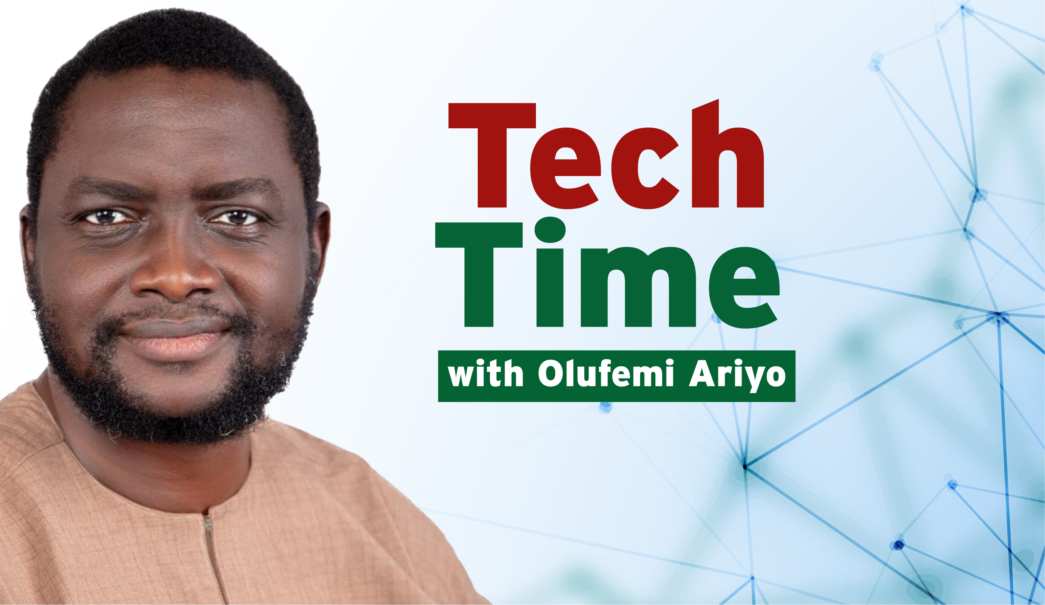Youth activism has taken on a dynamic form, largely driven by the pervasive influence of social media. Platforms such as Twitter, Instagram, and TikTok have become powerful tools for young people to voice their concerns, advocate for social justice, and demand exemplary leadership from those in power. This digital age has enabled the rapid dissemination of information, allowing youth to mobilize support for various causes, from climate change and racial equality to mental health awareness and education reform. As young activists utilize the potential of social media to amplify their messages, they foster global connections while creating vibrant online communities that encourage collaboration and solidarity.
However, this digital activism is not without its challenges, including the spread of misinformation and online harassment. Understanding how young people navigate these complexities while leveraging technology for sustainable change is necessary to recognize their efforts’ profound impact on society. Thus, this exploration of youth activism in the digital age sheds light on the innovative ways young individuals are shaping the future through their digital engagement.
Case Studies of Successful Youth-Led Movements
One of the most notable examples of youth-led activism in recent years is the #BlackLivesMatter movement, which gained momentum following the tragic death of George Floyd in 2020. This grassroots movement, initially founded in 2013 by Alicia Garza, Patrisse Cullors, and Opal Tometi, has evolved into a global call for racial justice and police reform. Young people played a pivotal role in mobilizing protests and rallies across the United States and around the world, leveraging social media platforms to organize events, share personal stories, and amplify their messages. The movement’s impact has been profound, leading to increased awareness of systemic racism, changes in police policies, and a broader dialogue about racial equity. Through hashtags, viral videos, and compelling imagery, youth activists have demonstrated the power of digital platforms to effect change and hold leaders accountable.
Advertisement
Another notable campaign led by youth is the global climate strikes initiated by Greta Thunberg, a Swedish teenager whose solo protest outside the Swedish parliament in 2018 ignited a worldwide movement. Thunberg’s call for action resonated with young people everywhere, culminating in millions of participants taking to the streets during the Fridays for Future strikes. These protests highlighted the urgent need for climate action and compelled world leaders to address environmental issues. The movement’s impact extends beyond mere awareness; it has influenced policy discussions, inspired legislative proposals, and empowered young activists to demand a sustainable future. By harnessing social media to share their messages, young people have created a formidable network advocating for climate justice, showing that youth activism can lead to tangible outcomes in the face of global challenges.
Both #BlackLivesMatter and the climate strikes illustrate the effectiveness of youth-led movements in leveraging social media for social change. These campaigns highlight the potential of digital platforms to create support communities, facilitate grassroots organizing, and amplify historically marginalized voices. The success of these movements demonstrates that young activists, equipped with the tools of the digital age, can drive meaningful dialogue and enact policy changes. As they continue to advocate for social justice and environmental sustainability, the lessons learned from these case studies serve as an inspiration for future generations of activists, emphasizing the enduring power of youth engagement in shaping a more equitable and just society.
Social Media as a Tool for Mobilization
Advertisement
Platforms like Instagram and TikTok have grown in acceptance as powerful tools for grassroots organizing, particularly among young activists seeking to drive social change. Instagram, with its visual-centric approach, allows users to create compelling narratives through photos, videos, and infographics that resonate emotionally with audiences. Activists can share personal stories and experiences, making complex social issues more relatable and urgent. For instance, hashtags such as #MeToo and #BlackLivesMatter earlier mentioned have sparked widespread engagement, allowing users to contribute to collective conversations and build solidarity across diverse communities. The platform’s features, like Stories and IGTV, enable real-time updates on protests and initiatives, fostering a sense of immediacy and urgency that mobilizes supporters to take action.
TikTok, known for its short-form video content, has democratized content creation, empowering young users to express their activism creatively and engagingly. The platform’s algorithm allows impactful content to reach vast audiences quickly, making it an effective means for spreading awareness and mobilizing support. Activists have utilized viral challenges, catchy slogans, and innovative storytelling to draw attention to issues ranging from climate change to racial injustice. The viral nature of TikTok content means that a single video can inspire thousands to participate in protests or sign petitions, effectively turning online engagement into real-world action. This unique ability to blend entertainment with activism has made TikTok a significant platform for youth-led movements, facilitating grassroots organizing in ways that traditional media could not.
Together, these platforms create a multifaceted ecosystem for mobilization, where young people can engage, inform, and rally support for their causes. The interactive nature of social media fosters community building, allowing activists to connect with like-minded individuals and organizations both locally and globally. This connectivity enhances the collective power of movements, making it easier to organize events, share resources, and strategize for change. As youth continue to leverage social media for activism, its role as a critical tool for grassroots organizing becomes increasingly evident, shaping the future of social movements in the digital age.
The Role of Influencers in Youth Activism
Advertisement
Social media influencers have supported amplifying youth voices and causes, notably impacting how social movements gain visibility and traction. With their substantial followings and ability to engage audiences, influencers can bring attention to critical issues that resonate with young people. By using their platforms to advocate for social justice, climate action, mental health awareness, and more, influencers serve as powerful allies in youth activism. Their endorsements can turn niche causes into mainstream discussions, mobilizing their followers to take action, whether through petitions, donations, or participation in events.
Moreover, influencers often have a unique ability to frame complex issues in relatable terms, making them accessible to a broader audience. By sharing personal stories, experiences, or expert insights, they help demystify topics that may otherwise seem daunting or overwhelming. For instance, when influencers discuss topics like racial inequality or environmental sustainability, they can break down the intricacies of these issues and highlight actionable steps their followers can take. This approach educates their audience and empowers them to feel more connected to the causes, promoting a sense of agency and responsibility.
The collaboration between influencers and grassroots movements further improves the effectiveness of youth activism. When influencers partner with organizations or activists, they can leverage their platforms to mobilize resources, spread awareness, and create viral campaigns. For example, campaigns that incorporate influencer-led challenges or fundraising initiatives often see higher engagement and participation rates. By tapping into the influencer culture, movements can reach younger audiences who may feel disillusioned or disconnected from traditional forms of activism. Ultimately, influencers play a vital role in shaping the narrative around youth-led movements, making it easier for young activists to connect, engage, and drive meaningful change in their communities.
Digital Storytelling and Its Impact
Advertisement
Digital storytelling is a powerful tool for young activists, enabling them to connect with audiences on a deeply emotional level. By sharing personal narratives, experiences, and challenges through various digital platforms, activists can humanize complex issues and foster empathy among their followers. Whether through short videos, blog posts, or social media threads, these stories create a relatable context that allows audiences to see the real-life implications of social justice, climate change, and other critical issues. This emotional connection engages viewers while motivating them to take action, as they feel more invested in the outcomes of the causes being championed.
The rise of platforms like Instagram, TikTok, and YouTube has further supported the dissemination of these narratives, allowing for innovative storytelling formats that resonate with younger audiences. For example, activists can use visual elements, music, and compelling graphics to improve their messages, making them more shareable and impactful. Storytelling through these channels can break down barriers, allowing activists to reach individuals who may not typically engage with social issues. As stories spread across social media, they can generate conversations, spark curiosity, and mobilize collective action, transforming personal experiences into broader movements for change.
Advertisement
Furthermore, digital storytelling empowers young activists to reclaim their narratives and assert their agency in public discourse. By presenting their stories in their own voices, they challenge dominant narratives and highlight marginalized perspectives that are often overlooked. This approach amplifies diverse voices and encourages a sense of community among those who share similar experiences. As young activists continue to leverage digital storytelling, they are shaping public perceptions while cultivating a culture of empathy, understanding, and solidarity that is essential for driving sustainable change. In this way, storytelling becomes an important strategy for fostering engagement and galvanizing support for social justice initiatives.
Challenges of Online Activism
Advertisement
While online activism has changed the way young people engage with social issues, it also presents a unique set of challenges that can hinder their efforts and well-being. One of the most pressing issues is the proliferation of misinformation, which can spread rapidly across social media platforms. False narratives can distort the truth and undermine the credibility of youth-led movements. Activists often find themselves not only advocating for their causes but also countering misinformation that threatens to derail their messages. This necessitates a continuous effort to fact-check, provide credible sources, and educate their followers, which can be time-consuming and exhausting.
Another evident challenge is online harassment, which disproportionately affects young activists, particularly those from marginalized communities. The anonymity afforded by the internet can embolden individuals to launch personal attacks, threats, and discriminatory remarks against activists, creating a hostile environment that can deter participation and undermine mental health. This toxic atmosphere not only silences voices but also contributes to feelings of isolation and fear, making it difficult for young activists to maintain their engagement in social justice efforts. Addressing this harassment requires robust support systems, both online and offline, to help activists navigate these threats and find solace in community solidarity.
Advertisement
Additionally, the emotional toll of continuous activism can lead to burnout among young people. The pressure to constantly produce content, engage with followers, and respond to ongoing crises can become overwhelming. Many activists struggle to find a balance between their online responsibilities and personal lives, leading to exhaustion and decreased effectiveness. This burnout is compounded by the high expectations from peers and followers, who often demand immediate action and results. To combat this, it’s essential for young activists to prioritize self-care and create sustainable activism practices that allow for rest and reflection. By acknowledging these challenges, the youth activist community can better equip itself to foster resilience, support one another, and sustain their important work for social change in the digital age.
Building Virtual Communities for Change
Social media has become notable as a powerful catalyst for building virtual communities that unite young activists around shared causes, fostering solidarity and collaboration in unprecedented ways. Platforms like Facebook, Twitter, and Instagram provide a space for individuals to connect, share experiences, and organize efforts regardless of geographical barriers. These online communities often serve as hubs for knowledge exchange, where activists can learn from one another, share resources, and strategize collective actions. For instance, hashtag campaigns can quickly galvanize support across various regions, allowing youth to mobilize around issues such as climate justice, racial equality, or mental health advocacy. This interconnectedness not only amplifies individual voices but also creates a collective identity that strengthens the movement’s impact.
The sense of belonging that these virtual communities cultivate is crucial for sustaining activism. Young people, particularly those who may feel isolated in their offline environments, find support and encouragement within these digital spaces. This camaraderie can lead to the development of mentorship opportunities, collaborative projects, and even grassroots initiatives that might not have been possible otherwise. Online forums and group chats enable activists to brainstorm ideas, share successes and failures, and provide emotional support during challenging times. As members celebrate achievements and rally together in the face of setbacks, they foster a culture of resilience and persistence that is vital for long-term engagement.
Moreover, social media enables activists to amplify their messages and reach wider audiences, enhancing the potential for impactful change. Through visually compelling content, such as videos and infographics, young activists can effectively communicate their causes and mobilize support. This strategic use of digital storytelling not only engages their peers but also invites allies from various backgrounds to join their efforts. Virtual events, such as webinars and live-streamed discussions, further enhance collaboration by facilitating real-time dialogue among activists and supporters. By harnessing the power of social media to build and nurture these virtual communities, young people are not only driving change but also redefining what it means to be an activist in the digital age, demonstrating that solidarity and collaboration can thrive in online spaces.
Engaging with Policymakers through Digital Channels
In the digital age, young activists are increasingly using online platforms to engage with policymakers, seeking to influence decisions that affect their lives and communities. To communicate effectively with decision-makers, youth can employ a variety of strategies that harness the power of social media, email campaigns, and digital petitions. One key approach is to utilize social media platforms like Twitter and Instagram, where young people can tag elected officials in posts, share relevant content, and create trending hashtags that highlight their issues. By crafting clear, concise messages and employing compelling visuals, activists can capture the attention of policymakers and their followers, increasing the likelihood of a response.
Another effective strategy is leveraging digital petitions to demonstrate widespread support for a cause. Platforms like Change.org enable youth to gather signatures and mobilize their networks around specific policy demands. This not only amplifies their voices but also provides tangible evidence of public backing when approaching decision-makers. Additionally, young activists can organize virtual meetings or webinars with local representatives, presenting their concerns directly and fostering a sense of accountability. Preparing well-researched, data-driven presentations can enhance their credibility and illustrate the urgency of their demands, making it harder for policymakers to ignore the issues at hand.
Furthermore, maintaining consistent follow-up and communication is crucial for building relationships with policymakers. Youth can engage in dialogue by commenting on decision-makers posts, sharing updates about their advocacy efforts, and providing feedback on proposed policies. Establishing a rapport through ongoing engagement not only keeps the conversation alive but also reinforces the message that young voices are a vital part of the policymaking process. By employing these strategies, young activists can effectively bridge the gap between their communities and decision-makers, ensuring that their concerns are heard and considered in the political arena.
Evaluating the Impact of Digital Campaigns
Evaluating the effectiveness of digital activism initiatives is important in understanding their impact and improving future efforts. One primary method for assessment is the analysis of engagement metrics across various social media platforms. Metrics such as likes, shares, comments, and follower growth provide quantitative data on how well a campaign resonates with its audience. By tracking these metrics over time, activists can gauge the reach and influence of their message, identifying which strategies yield the highest levels of engagement. Additionally, using tools like Google Analytics can help assess website traffic and user behavior related to specific campaigns, offering insights into how digital content drives action.
Qualitative assessments are also vital in evaluating the impact of digital campaigns. Conducting surveys and interviews with participants can reveal deeper insights into the personal experiences and motivations of those involved in activism. Understanding how individuals were influenced by the campaign, whether they took specific actions (like signing a petition or attending an event), and how their perceptions of the issue changed are all essential components of a thorough evaluation. Focus groups can further facilitate discussions around the effectiveness of messaging, allowing activists to refine their approaches based on direct feedback from their target audiences.
Moreover, tracking real-world outcomes is crucial for evaluating the success of online activism initiatives. This can include monitoring policy changes, shifts in public opinion, or increased funding for relevant causes as a direct result of digital campaigns. Collaborating with academic researchers or leveraging tools that measure social impact can provide a more comprehensive understanding of a campaign’s effectiveness. By combining quantitative metrics, qualitative feedback, and real-world outcomes, activists can create a well-rounded evaluation framework that not only highlights successes but also pinpoints areas for improvement, ultimately strengthening the efficacy of future digital initiatives.
In conclusion, youth activism in the digital age has revolutionized advocacy and social justice, utilizing social media platforms to amplify voices, mobilize communities, and foster solidarity across the globe. Young activists have effectively harnessed the power of platforms like Instagram and TikTok to share compelling narratives, engage directly with decision-makers, and rapidly organize movements, leading to significant societal changes such as those seen in campaigns like #BlackLivesMatter and climate strikes. However, this digital landscape also presents challenges, including misinformation, online harassment, and the risk of burnout, necessitating strategies to ensure sustainable activism and mental well-being. As youth continue to navigate these complexities, their innovative approaches and resilience will be pivotal in shaping a more just and equitable future, ultimately highlighting the transformative potential of digital activism in addressing systemic injustices and creating lasting impact.
Thank you for the investment in time. Please follow me on Medium: https://medium.com/@roariyo and LinkedIn: https://www.linkedin.com/in/olufemi-ariyo-923ba6130/
Add a comment













